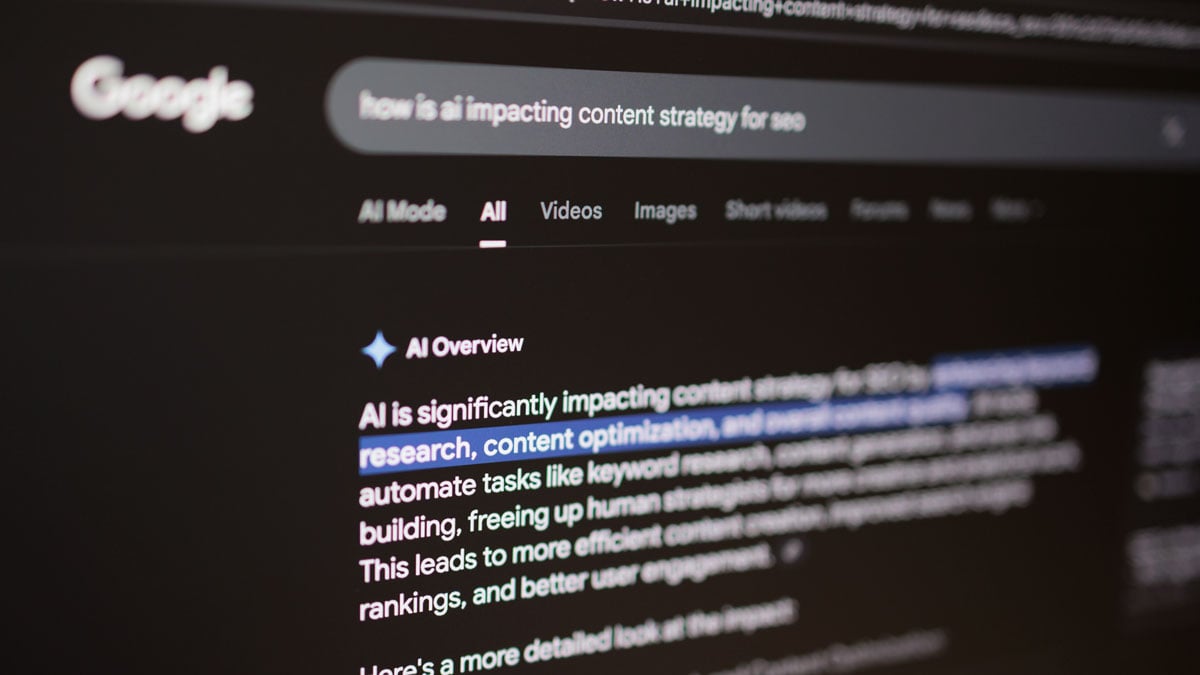How B2B buyer behavior is changing with trends and technology.

January 29, 2025
 In an era of digital marketplaces, people have become accustomed to extreme personalization and instant everything. Consumer expectations continue to influence B2B buying expectations, whether self-serve research, 24/7 support or being able to choose from multiple shipping options. On top of that, the B2B buying experience has become more complex, with many more touchpoints and people involved in the process.
In an era of digital marketplaces, people have become accustomed to extreme personalization and instant everything. Consumer expectations continue to influence B2B buying expectations, whether self-serve research, 24/7 support or being able to choose from multiple shipping options. On top of that, the B2B buying experience has become more complex, with many more touchpoints and people involved in the process.
Here’s a look at notable B2B buying behavior changes and what it means for marketers.
Declining sales rep influence with independent research.
More time is spent shopping around and evaluating other options today than ever before. Buyers are self-serve and digital-first, preferring to conduct research online anonymously and avoiding contact with a salesperson until they’re certain the solution is worth learning more about. A Gartner study found that 27% of a buyer’s time is spent conducting independent online research and only 17% of their time is allocated for meeting with suppliers. In fact, the influence of sales representatives has diminished enough that websites, webinars and even social media have just as equal of an influence on B2B purchasing decisions.
With generic Google searches being how the majority of commercial buyers begin their research, it’s imperative to focus on improving website usability, content creation and SEO optimization. More than 80% of business purchasers ranked website usability as a high priority during their buying experience. With multiple digital touchpoints, the buyer’s journey is circulatory instead of linear. Having relevant content easily accessible in the right place at the right time is crucial.
Sales representatives also need to shift to playing a more consultative role versus simply being information gatekeepers. Outreach should be relationship-driven, providing clear expertise and helping buyers make sense of all the information they gather throughout the research process so you become a trusted advisor and go-to point of contact. Marketers need to create educational, thought leadership materials to help sales in guiding these prospects.
Increasing demand for B2C-like experiences.
Millennials now make up the largest part of today’s workforce and it won’t be long before Gen Z joins them, gaining more influence throughout organizations. It’s a generation that’s used to having answers available at their fingertips, relies on social media and online forums to learn and discuss topics, and has no problem sharing their opinions—behaviors that are forming today’s buying process.
Technology continues to evolve customer experience as well, with customer portals, e-procurement, and mobile apps gaining popularity in the B2B space. Business professionals are consumers, and their expectations are shaped by a digital-first mindset. In fact, 71% of B2B buyers say their customers increasingly want B2C-like experiences, such as faster response times and 24/7 availability. And nearly half say they’re failing to deliver the personalized experience their clients crave.
The methods and channels business professionals use to research solutions also mirror their consumer tendencies. Third-party information has become a huge go-to resource. From review sites and online forums to analyst reports and rankings, B2B buyers want to see what other people are saying about a product, service and company. They want unbiased information, available at their fingertips and easily shareable with peers. Important strategies to focus on in light of these expectations include curating testimonial content and case studies, encouraging user-generated content, collaborating with industry influencers and having a brand presence in popular industry publications.
Selling to buying groups instead of individual buyers.
Today, the buying group of a complex B2B solution typically consists of 6 to 10 decision-makers. With more individuals involved in the buying process, reaching a consensus and gaining buy-in is harder. Instead of focusing on a single persona, it’s critical to understand what an entire buying group is researching. Taking a holistic approach will help engage every contact involved in the purchase process and provide relevant insights that speak to each of their specific needs and goals.
The typical B2B purchase process also includes 27 buying interactions now versus only 17 two years prior. Help buyers make better decisions faster by simplifying the research and purchase process. A Gartner study found customers who perceive information from suppliers as very helpful are 3X more likely to purchase bigger deals with less regret.
Overall, having readily available information for your different audiences and simplifying the buying process is key for converting today’s B2B buyer. When planning your digital strategy and content creation, keep these buying behaviors in mind to optimize the impact of your marketing and sales efforts.





